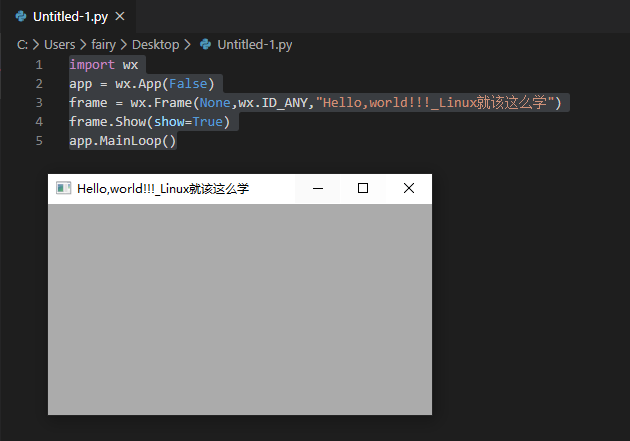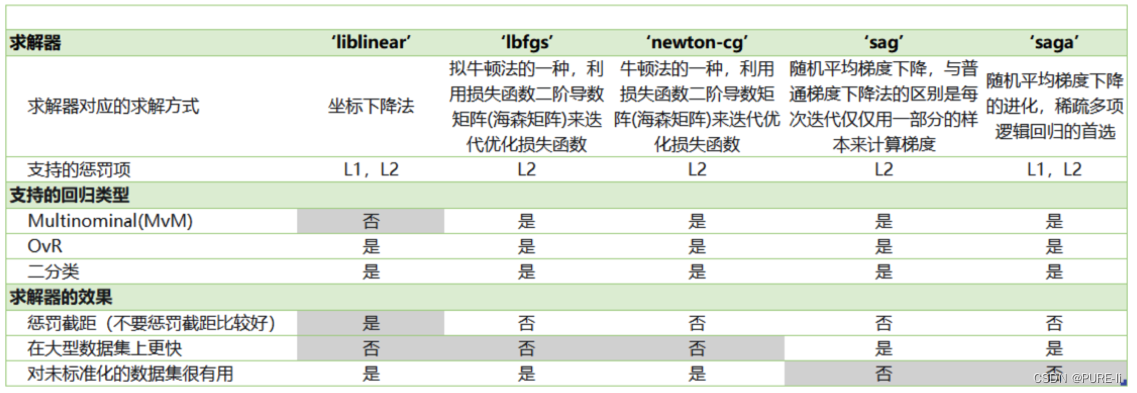@PathVariable
- @PathVariable 映射 URL 绑定的占位符
- 带占位符的 URL 是 Spring3.0 新增的功能,该功能在SpringMVC 向 REST 目标挺进发展过程中具有里程碑的意义
- 通过 @PathVariable 可以将 URL 中占位符参数绑定到控制器处理方法的入参中:URL 中的 {xxx} 占位符可以通过@PathVariable(“xxx“) 绑定到操作方法的入参中。
@GetMapping("/user/{id}")
public String test(@PathVariable String id){
return "用户的id="+id;
}
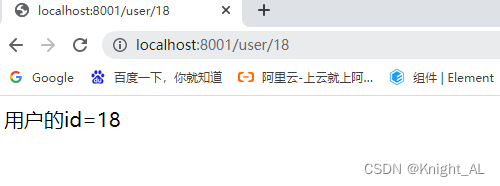
@RequestParam
在访问各种各样的网站时,经常会发现网站的URL的最后一部分形如:?xx=yy&zz=ww。这就是HTTP协议中的Request参数
@GetMapping("/user1")
public String delVideoList(@RequestParam("list") List<String> list){
return "集合"+list;
}
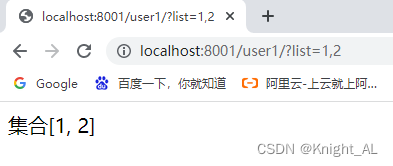
@RequestParam和@PathVariable区别
@RequestParam和@PathVariable都能够完成类似的功能——因为本质上,它们都是用户的输入,只不过输入的部分不同,一个在URL路径部分,另一个在参数部分。要访问一篇博客文章,这两种URL设计都是可以的:
- 通过@PathVariable,例如/blogs/1
- 通过@RequestParam,例如blogs?blogId=1
那么究竟应该选择哪一种呢?建议:
1、当URL指向的是某一具体业务资源(或资源列表),例如博客,用户时,使用@PathVariable
2、当URL需要对资源或者资源列表进行过滤,筛选时,用@RequestParam
例如我们会这样设计URL: - /blogs/{blogId}
- /blogs?state=publish而不是/blogs/state/publish来表示处于发布状态的博客文章
![[vue] Vite的使用](https://img-blog.csdnimg.cn/27a04531909c4d368b87a6fc1ee5b50e.png)

![[acwing周赛复盘] 第 93 场周赛20230304](https://img-blog.csdnimg.cn/c408c7cf6f9f450ea0f7b9d0de105838.png)




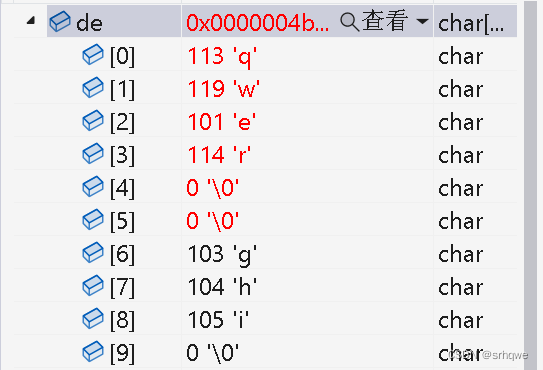
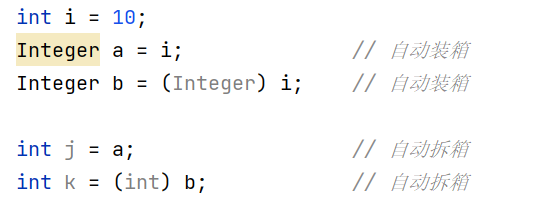
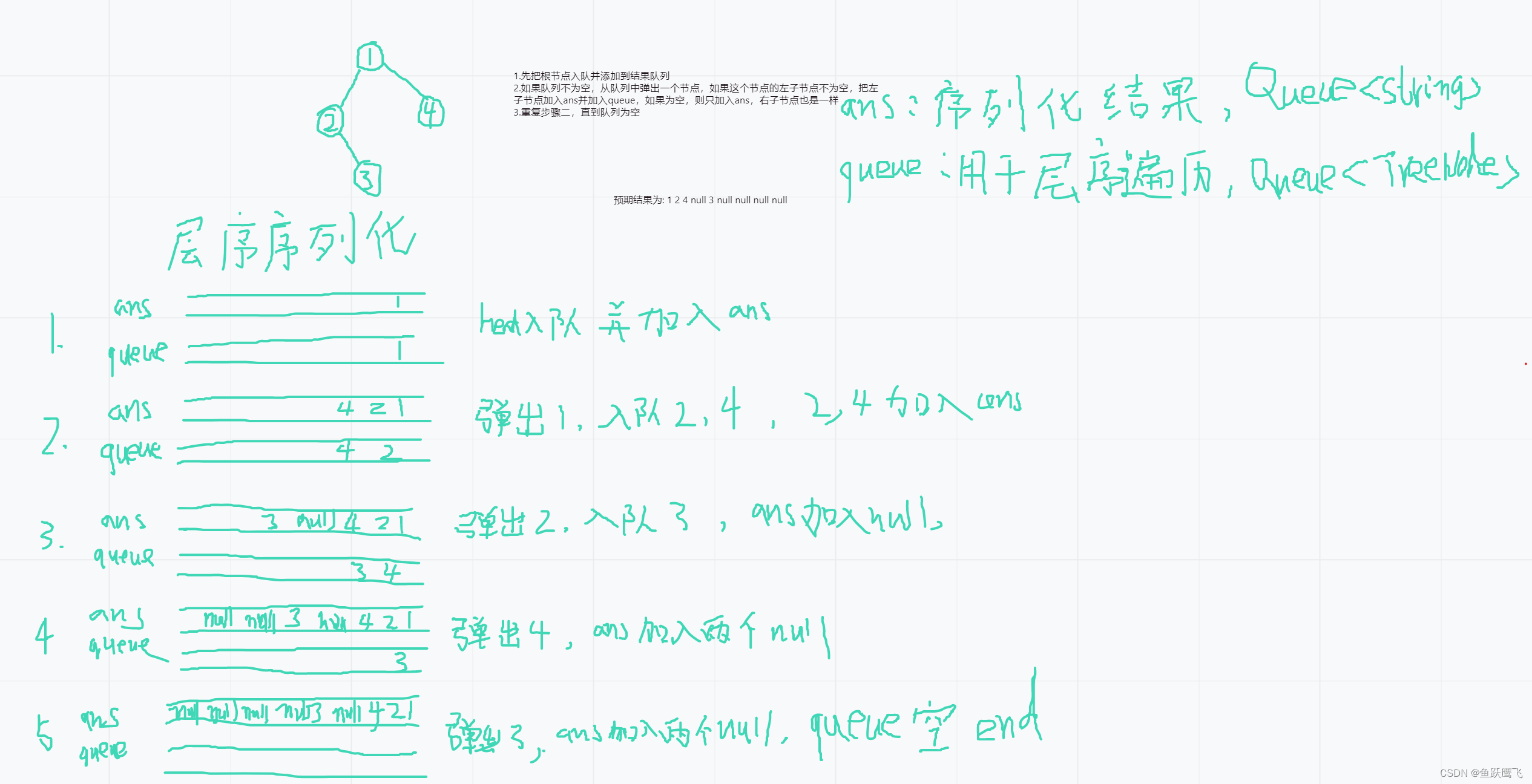


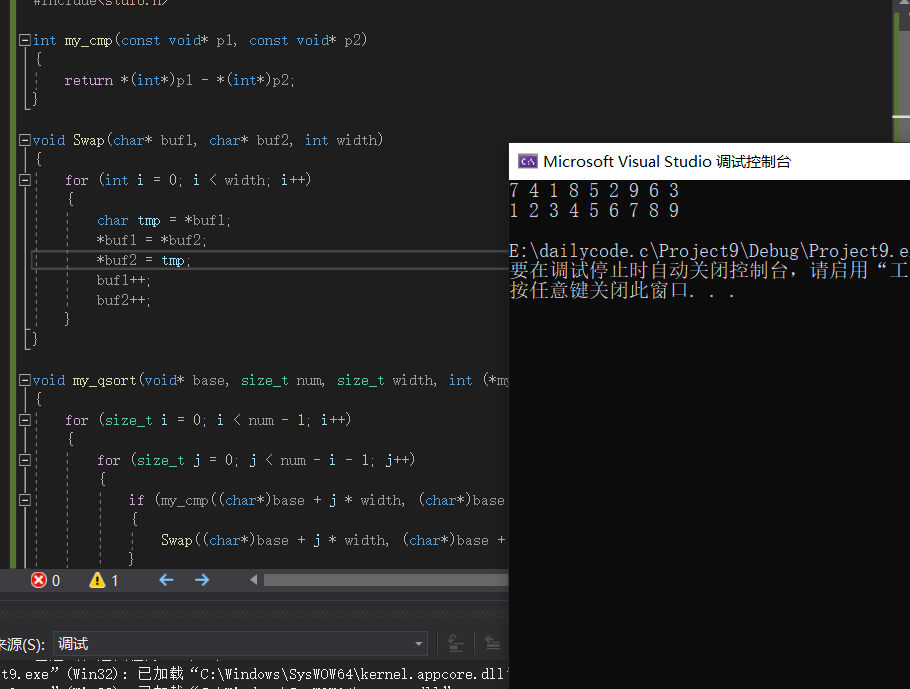

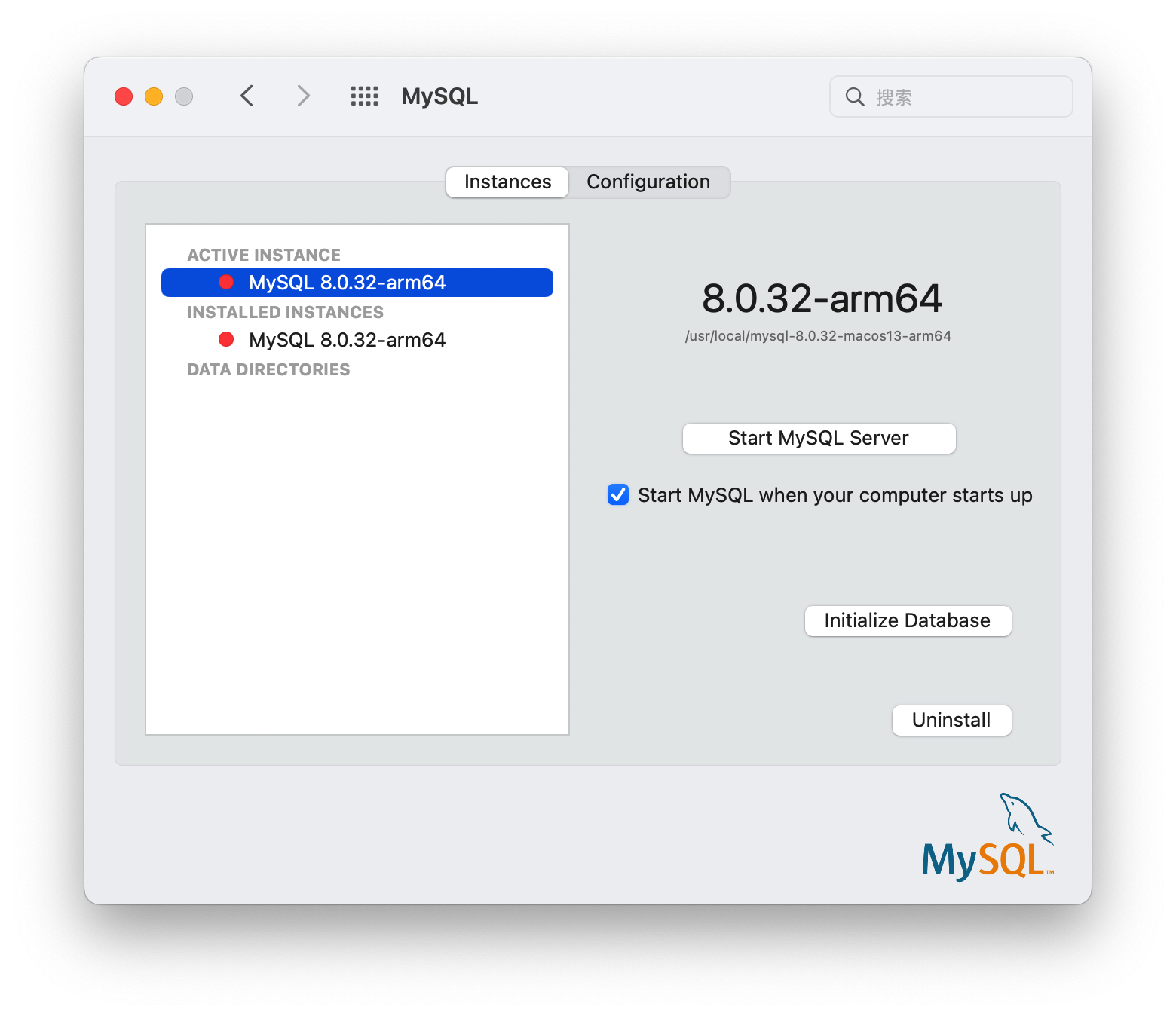
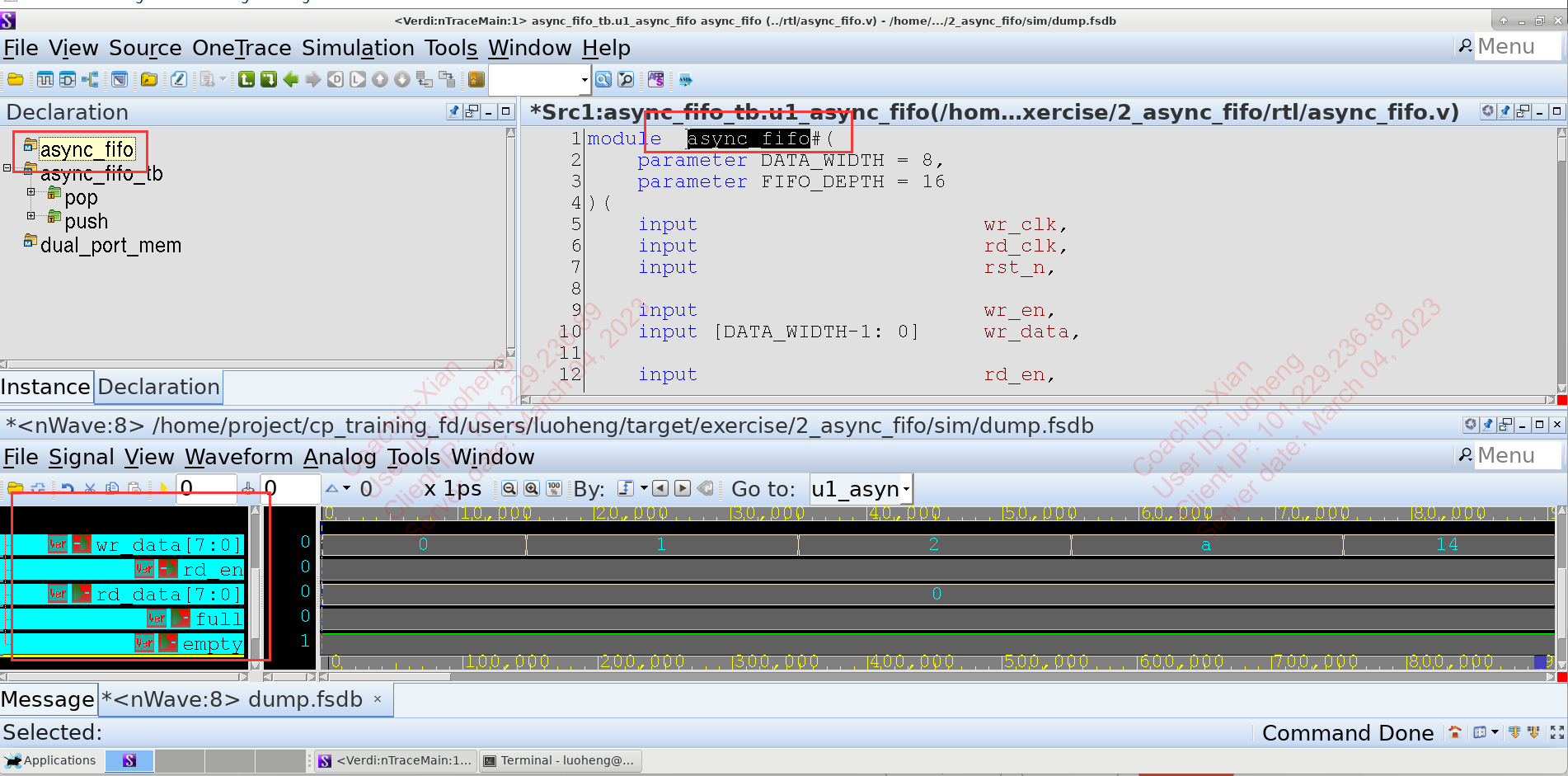
![按位与为零的三元组[掩码+异或的作用]](https://img-blog.csdnimg.cn/f4ab769f57a646edb37acdc351f58bcd.png)
